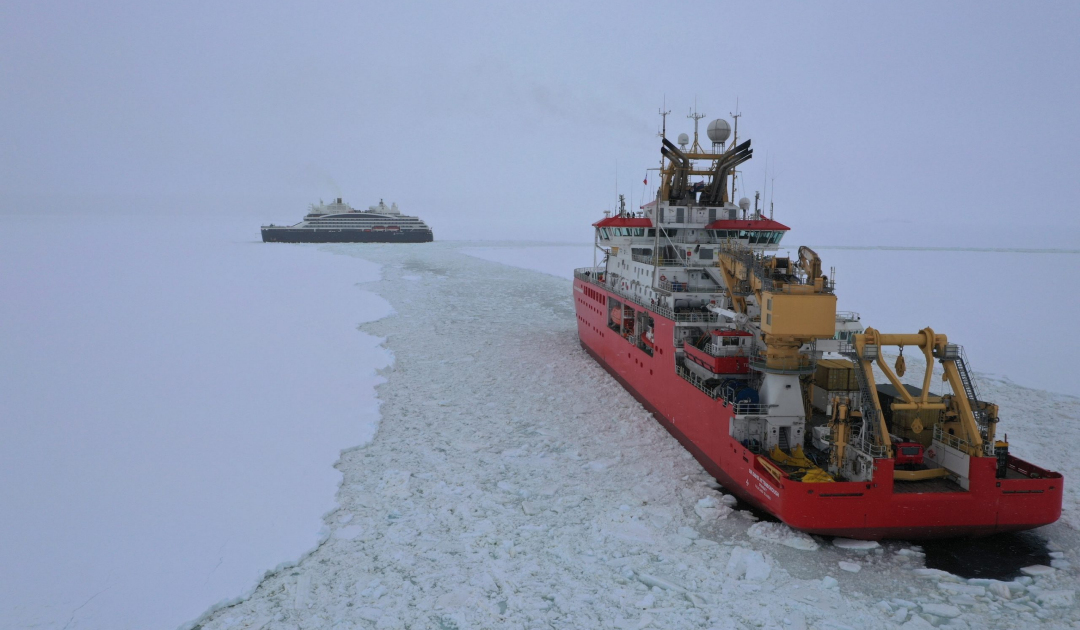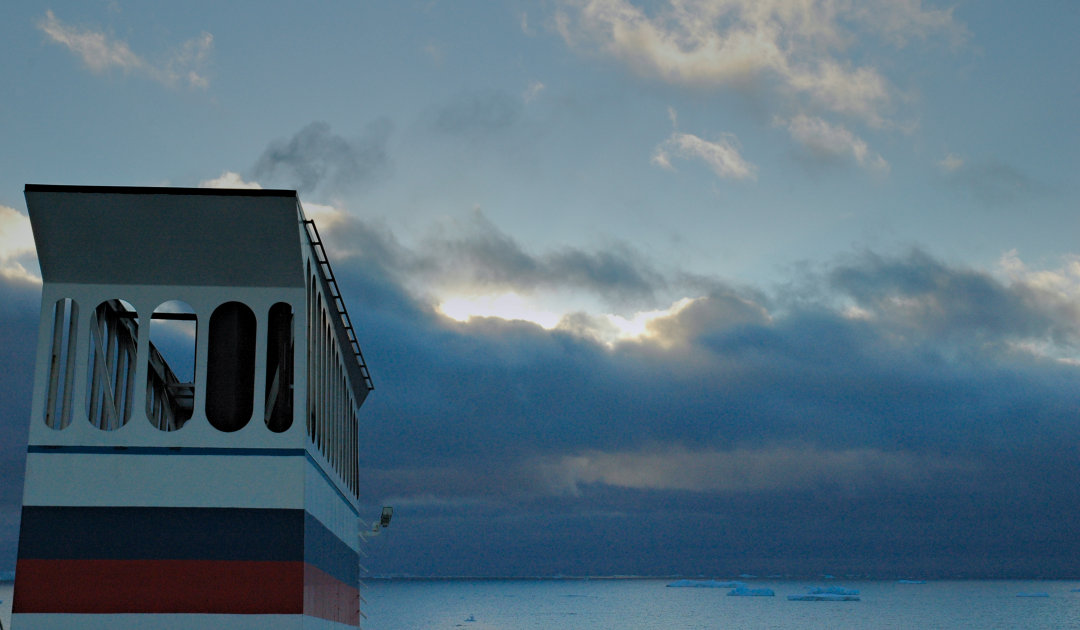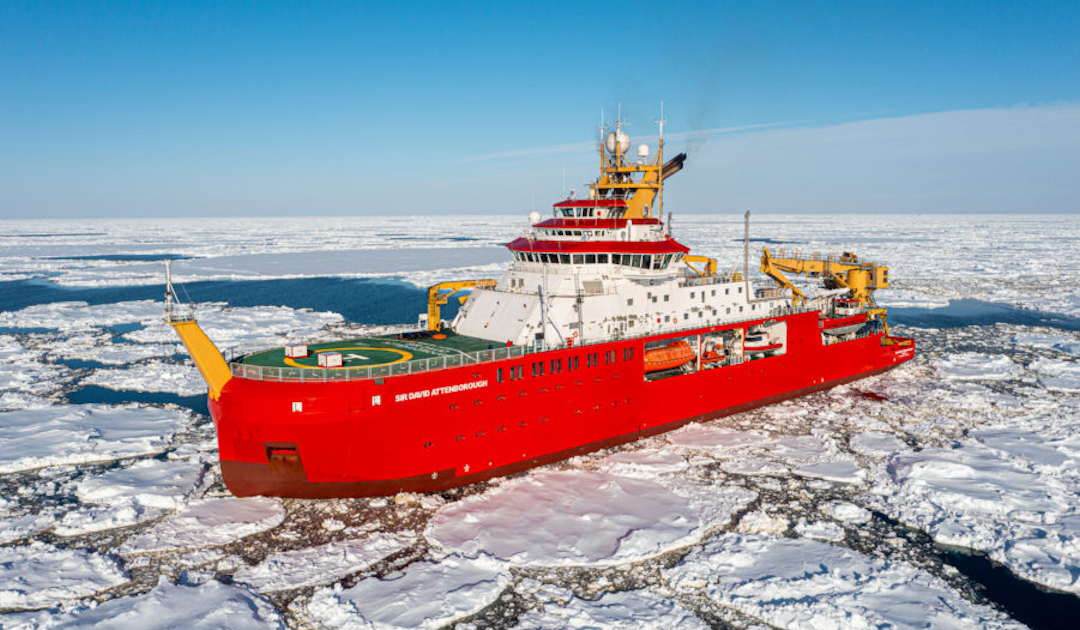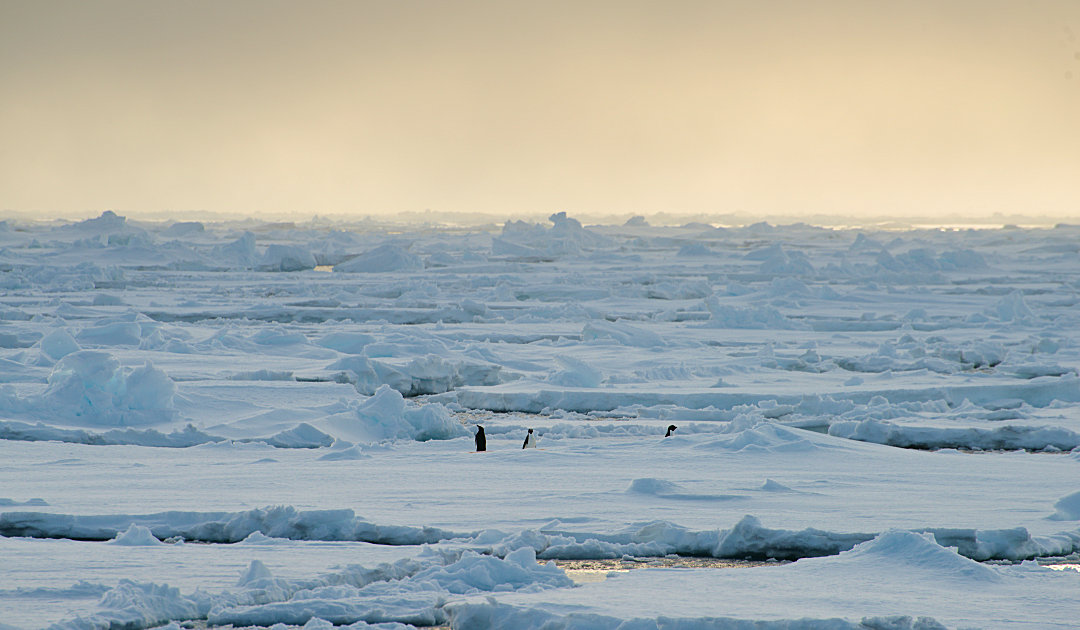Since time immemorial, sailing a ship through the pack ice has been both a highlight and a strenuous affair that poses some danger. Especially for captains and ice pilots who need a lot of experience and extensive knowledge about the region, about ice and about the capabilities of the ship to ensure a safe crossing of the icy world. Researchers at the British Antarctic Survey BAS have now developed a tool that should be of great help in the future.
An artificial intelligence AI will help captains and ice pilots aboard an ice-strengthened ship or icebreaker to find the best path through the icy maze of the Arctic Ocean or around Antarctica. In doing so, the program will not only calculate the safest route between two points, but also factor in cost and energy efficiency, ensuring that ships do not have to burn unnecessary amounts of fuel. BAS writes in a press release today.

The AI developed by the BAS AI Lab uses not only the data about the ship and its condition and capabilities for decision-making assistance. Current environmental data and forecasts of weather and ice conditions will also be incorporated into the calculations in real time. The algorithm will then generate suggestions for the best and most efficient route, which can be used by the captain and ice pilots in their considerations. “We’ve created something that is very similar to the kind of in-car navigation system like Google maps that many of us use already, but with the added complication that in the ocean there are no roads, and the conditions are changing constantly, which affects the routes between destinations,” explained team leader Professor Maria Fox. Another special feature is the fact that, unlike Google Maps, forecasts can be made not only for one day, but for up to six months.


When developing the software, it was particularly important to the team not only to ensure safety for the ship and crew when calculating the route, but also to increase the efficiency of fuel use. This not only improves the performance of the ship, but also the scientific research conducted on board during the voyages. This is because BAS has set a goal for the institution to be net zero by 2040. The AI from BAS will be a big step closer to this goal. To this end, it was installed on the flagship, the Sir David Attenborough in November and is now being tested in Antarctica. By continuously upgrading and feeding real real-time data, the system will learn and thus increase efficiency in the trips, both the logistical ones in support of the stations, as well as in research work.

So in the future, will ships in Antarctica take over route planning without human intervention? Probably not, because in the end the decision remains with the captain of the ship. And Will Whatley, the captain of the Sir David Attenborough also fears no competition to his work, “There are many systems out there that can give weather routing in open ocean but this tool is unique by adding the capability to consider ice, allowing us to reduce our fuel usage and environmental impact during the field season,” he explains. “I’m very curious to see how it will perform in the ice.” After all, pack ice is a very heterogeneous thing, with different thicknesses and textures. In addition, numerous animals live on and under the ice, which must also be taken into account when sailing through the ice. And no artificial system can predict where they will appear. That’s one of the beautiful things about Antarctica, and it accounts for the magic of sailing through the pack ice.
Dr Michael Wenger, PolarJournal
More on the topic





